It should come as no surprise that a complex consumer society such as our own, as it contorts and twists upon itself for leverage and financial return, might give rise to wayside niches and nooks — calmer places, where items whose intangible value exceeds their commercial value might come to settle and reside, indefinitely — unused, unnoticed, and unattended.
Certainly, in a society where attics, garages, and storage units routinely receive the excess material of our existence, a persistent and industrious sort can find many opportunities to mine these strata for a neglected vein of gold — a force that drives every estate sale, auction, and thrift store, and one whose routine promise of a trash-to-treasure transformation proves what a rich and affluent society we apparently reside in.
Yet it’s not just knick-knacks, but larger items too, that can sometimes be found in long-term storage — awaiting the studied decision of the free market to determine their ultimate fate. Caught between utility and nostalgia, but not sufficiently strong in either, they linger in perpetual limbo — not possessing enough practical value to come off the shelf, yet somehow still, much too good to throw away.
One such item is the 150-year-old schoolhouse that sits at the corner of Plymouth Road and Old Earhart Road just outside of Ann Arbor, Michigan. “Erected 1870,” as its prominent stone plaque proudly declares, this brick schoolhouse has become little more than a monument, whose meticulously manicured lawn belies its lack of other utility. This ghost of a long-forgotten time is passed by thousands of oblivious drivers every day, yet for over two decades has deftly evaded any viable plan to reenter the world of the living.

Why can’t this historic site break out into the present? Let’s do a little research and try to find out.
Repurposed
Many now-historic buildings have at times found it difficult to transition from an original use that has become obsolete. One example is the old Treasure Mart building, also in Ann Arbor, which was originally built in 1869 as a planing mill. But it took only fifty years to find itself persisting rather ungracefully beyond the span of its original purpose:
By the 1920s this part of town was no longer a business center and the building was frequently vacant or used as a warehouse.
Ann Arbor District Library, John G. Miller Planing Mill, 1869
According to the same article, it languished in this state of diminished use for another forty years, by which time the dense residential neighborhood that had grown up around it had become one that could support a second, sixty-year career as a popular second-hand store:
In 1960 it was leased by Mrs. Demaris Cash who had dreamed of opening a retail consignment shop. She named her store the Treasure Mart, and today it ranks as one of Ann Arbor’s most cherished institutions.
Mrs. Cash went on to purchase the building in 1983, probably for a very reasonable price, eventually passing the building and business to her daughter, who continued to operate it until she became ill in 2020.
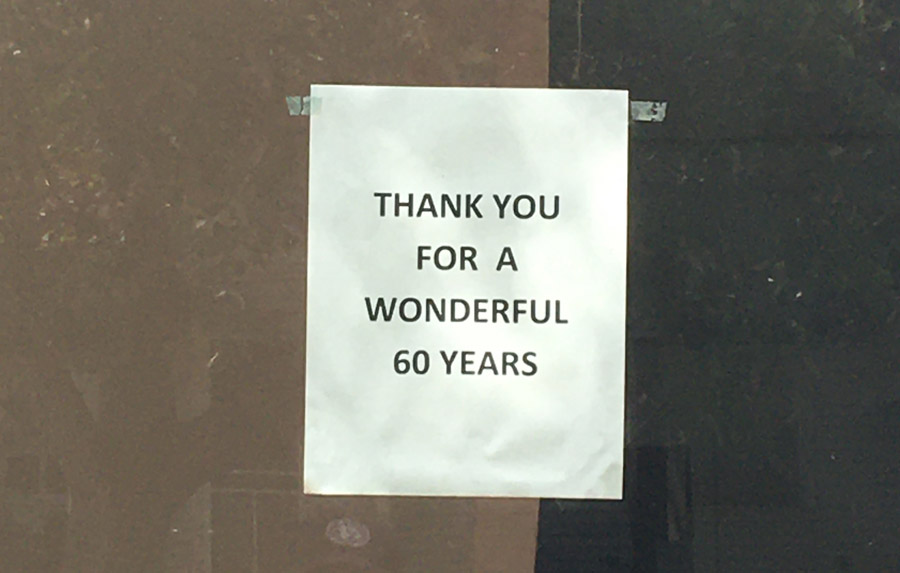
But upon the closure of the business and eventual emergence from the pandemic, the building found itself in even curiouser circumstances: playing the role of an unpolished gem in a hyperinflated real estate market.
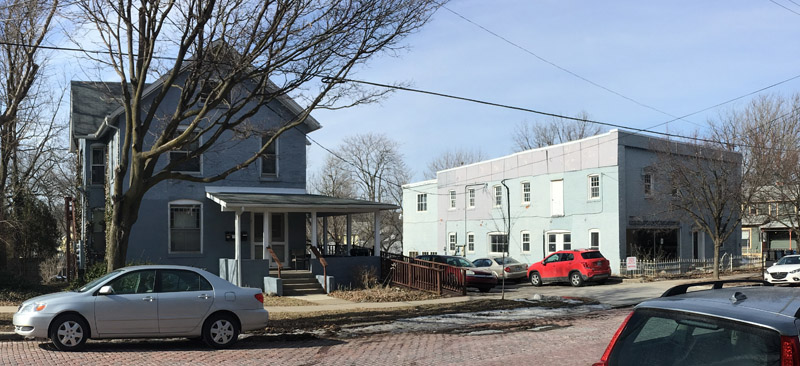
Despite the continued popularity of the Treasure Mart, for any new owner to continue using this property as a consignment store would likely have been out of the question. No such humble business model could have supported the mortgage and taxes of its three-million-dollar asking price.
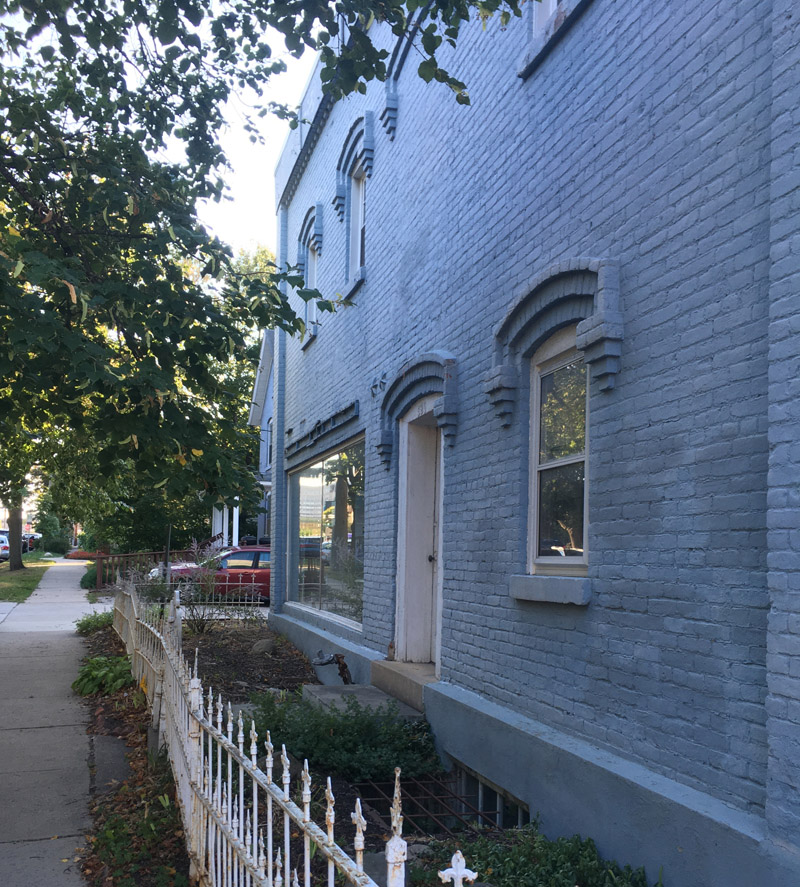
It lingered empty for about a year and a half, when an apparently well-heeled local church decided to invite it on yet another unlikely journey. Part of the price tag for this transformation will be extensive modifications and additions, necessary to accommodate the imagination and purposes of its new owner.
But the building did, at least, find a way forward.
What’s different about the school?
It began to intrigue me that this equally historic, one-room schoolhouse had been so resistant to finding a similar path of adaptive reuse. This odd recalcitrance not only ties up equity in valuable real estate — an unpardonable sin in the eyes of corporate governance — but also seems to defy the tendencies of local authorities, whose zeal in propping up property values seems to consider any sufficiently abandoned building to be a potential candidate for demolition.
So what’s going on here?
As it turns out, the recent history of this building is not quite as obscure as I had assumed. A quick internet search will reveal a number of articles from the Ann Arbor News that chronicle much of its journey after it became obsolete as a school in the 1950s.
According to one source, the Popkins School was named after a Popkins family that neighbored the school, in what would have then been a sparsely populated area of family farms. Piecing the story together further, at some point after the school closed it was sold to a local property investor who repurposed it as a rental house. By the 1980s its historical value had gained increasing attention, and in 1981, it became the sole occupant of what might be the smallest historic district in the world — the 1-acre, Popkins School Historic District, established by the Washtenaw County Historic Commission.
Coincidentally perhaps, this event marks the point at which the rental house began a long-term vacancy. In 1983, it burned, in an arson fire that apparently was not planned well enough to completely destroy it. Enough remained that neighbors and activists then agitated for its restoration. But for over a decade, the burnt-out structure lingered, unprotected from the weather or curiosity seekers.
By 1998, the newspapers begin to report on a new corporate buyer who had purchased the 23-acre site that includes the school. At this point, as the photo below shows, some feeble efforts followed to limit further deterioration.
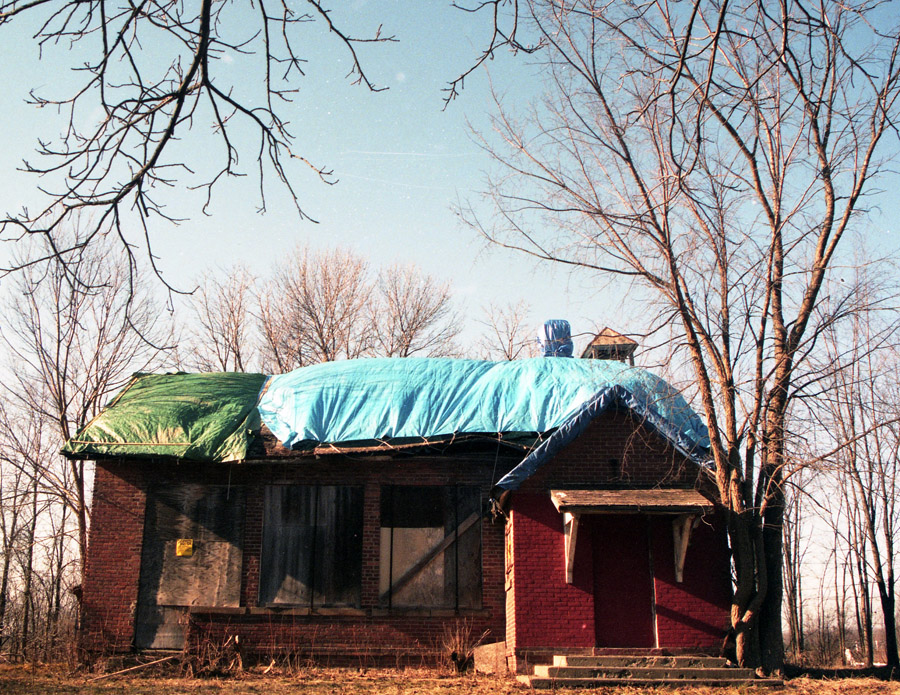
Local interest in the history of the site continued, resulting in a protracted fight between the buyer and local authorities. By 2001, the land had been sold to another development firm, which proceeded to develop the bulk of the property as an office park, after agreeing to perform some restoration of the schoolhouse. Sometime around this time it appears that the school received a new roof, window coverings, and interior structural stabilization — but no further work has occurred since.
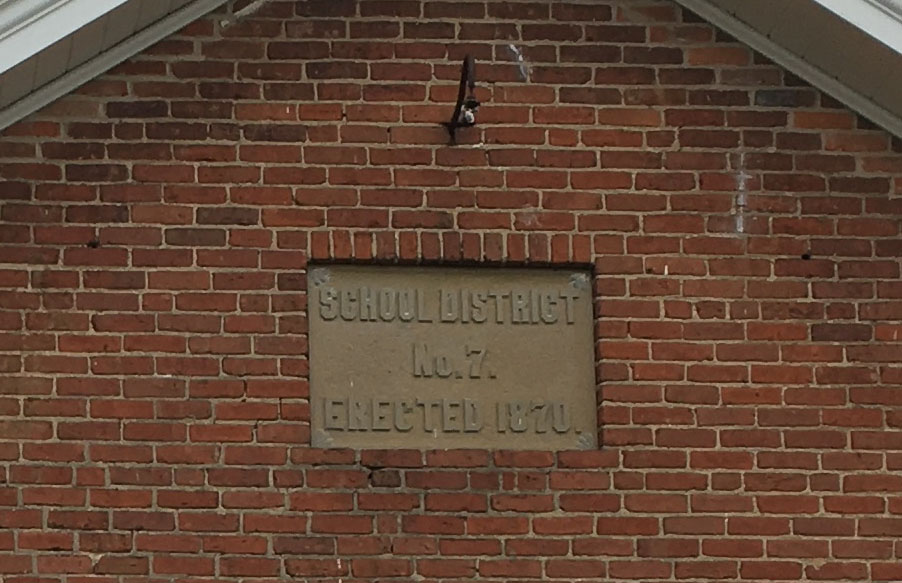
Since then, time and again, the office park has changed hands, with the partially-restored relic tagging along like an uninvited pet that won’t run along home. An interesting discussion found in one article suggests that it was always the same story: “it was going to be so expensive to build out that the [new owner] just didn’t want to bother with it.”
According to the same article, published nine years ago, the situation then was much the same as today — existence of a potential path forward, but no business case or other impetus to embark upon it:
Popkins School was sold early last year to a real estate investment trust as a more-or-less forgotten adjunct to the office building. “So it’s now owned by a big REIT, which was just acquired by a larger REIT,” Warling says. “I have the keys, and I’d be glad to open it up. I think if the right artist came along [who wanted to buy the school as a studio], they’d probably be willing to spin it off.”
Ann Arbor Observer (January 3, 2014)
But in this hyperinflated real estate market? The “right artist” would have to be a rather wealthy one, which, in my opinion, means that no artist who is successful enough to need it yet humble enough to be satisfied with it could possibly afford it.
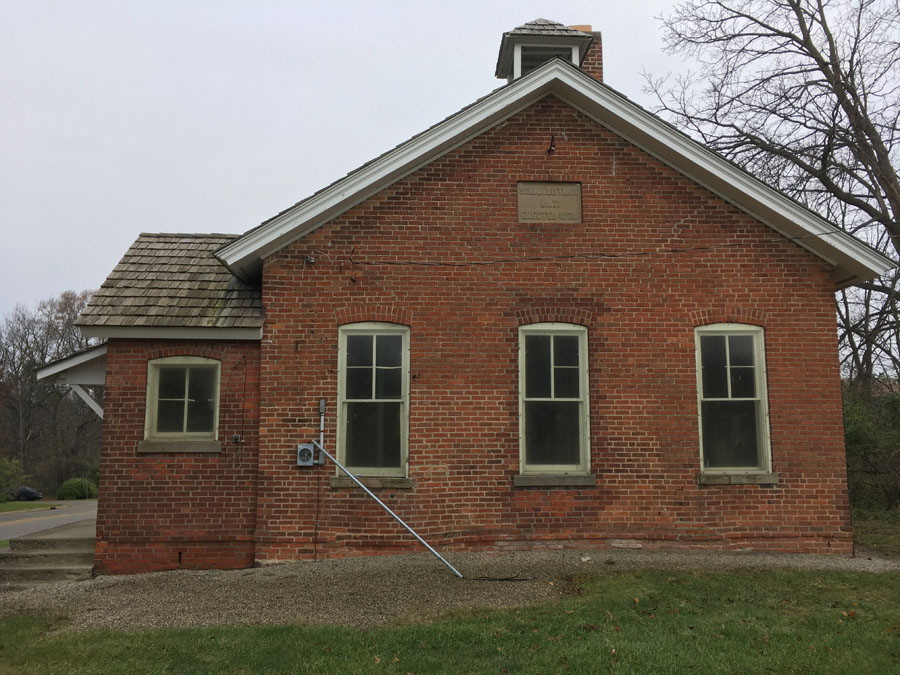
And so, a quarter of the way into the twenty-first century, Popkins School continues its sentence of commercial purgatory, eternally presenting a plausible prospect for resurrection — but one that can probably never occur. Trapped in an eddy of corporate indifference, inflated property values, and low priorities, it remains forever at arm’s length, taunting us from afar — as both an eerie echo of the past, and as that beautiful dream that just won’t pencil out.
But still, much too good to throw away.
Article and photos Copyright 2023 (except as attributed)
To be notified of new articles, visit https://whatshallweweird.com/subscribe/
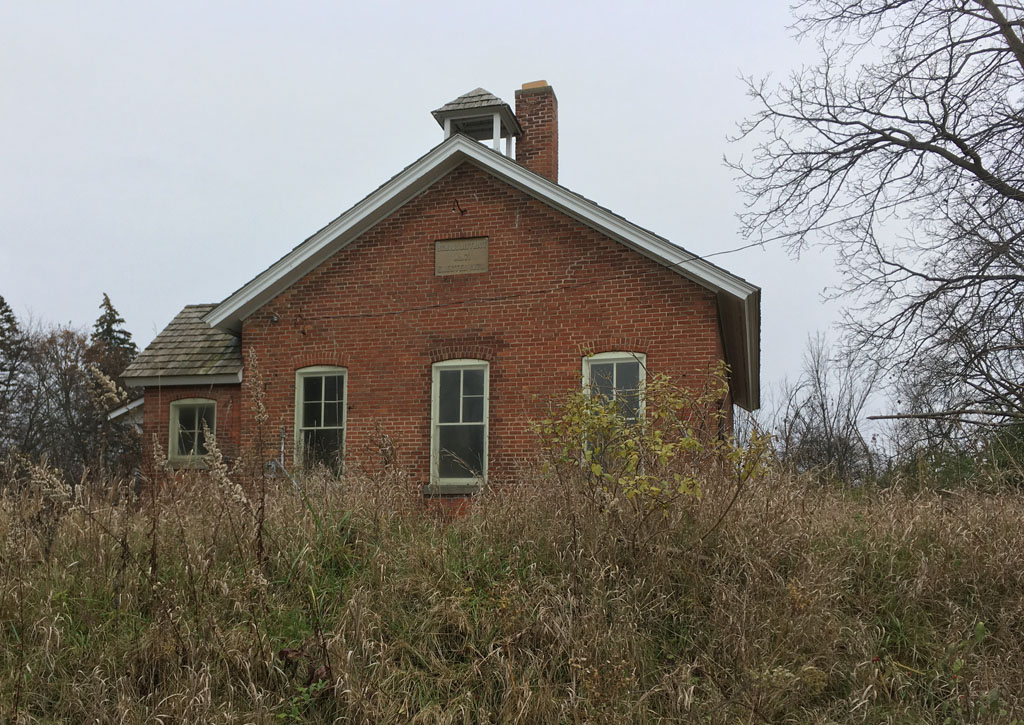


3 Comments
Jordan
I was biking by this today and then decided to Google for more information. Very serendipitous that you wrote this just a few weeks ago, thanks! Any chance you found contact info for the caretaker? I saw something that needs to be fixed ASAP.
Mike
Jordan, thanks for the note – unfortunately I don’t have any contact info. I believe the building is owned by whoever owns the office complex down the road, so you might start there.
Mike
The problem seems to have been a broken window on the north side of the building. Once the leaves came down it was easier to see. When I drove by a week ago, it was finally fixed.